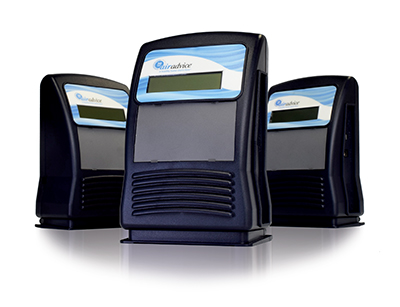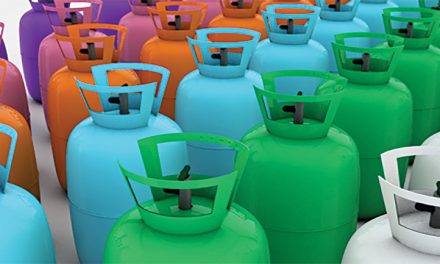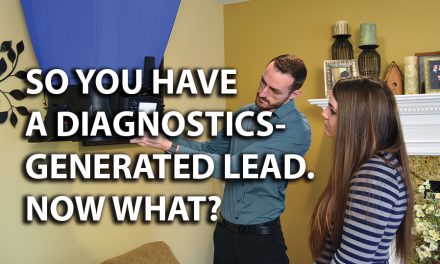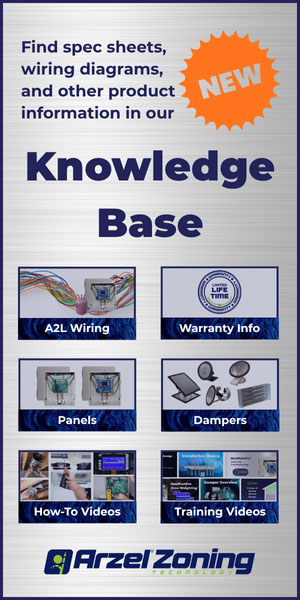You should follow six key principles when dealing with HVAC system performance and its impact on Indoor Air Quality (IAQ) within homes, businesses, and other environmentally-controlled places. But first, we need to start with some definitions.
System Performance: This is the measured performance of a complete field-installed HVAC system compared to the manufacturer’s laboratory specifications. The measurements will determine if the installed HVAC system operates as close to those specifications, including Btu output, airflow, and efficiency. The HVAC system includes all equipment, components, filtration, and air distribution.

Indoor Air Quality: The purity of the air in a specified area, especially as it relates to the comfort and health of building occupants.
Indoor Air Quality (IAQ) is a huge, missed opportunity for contractors to serve their clients well. That makes it an excellent prospect for the HVAC residential marketplace. In fact, a 2021 report by global market research firm Technavio on the PR Newswire predicts, “The global indoor air quality solutions market is poised to grow by $10.27 billion during 2021-2025.”
Take note: the report states “solutions,” not just products. Identifying these value-added solutions-based opportunities for HVAC customers will drive up revenue for contractors. I believe the HVAC industry is in a perfect position to serve clients well in the IAQ field.

System Performance Requires Diagnosis
So, how do we accomplish this? We first need to understand that IAQ is a very complex subject. And there is no cookie-cutter, one-size-fits-all fix. Each home and each customer come with their own unique set of challenges. Installing the latest gadget that your supplier is pushing may create more problems than the original issue. Remember: prescription without diagnosis is malpractice.
Working with clients and their IAQ problems requires a different approach. Most of the HVAC industry primarily focuses on selling new equipment and offers IAQ as an accessory, add-on, or afterthought.
We need a paradigm shift because, as an HVAC/IAQ professional, our primary focus needs to be IAQ and addressing the specific needs of the customer. Equipment will be the add-on. Listen to your customer and focus on their desired outcome. Doing this will undoubtedly separate you from all other contractors.
If you are not standing out, you are just blending in.
Getting Started
The first step is always the hardest one, and education is vital. I remember taking my first air balance class from Rob Falke over 17 years ago and how that knowledge was a game-changer for me. Now, I have the privilege of teaching a two-day IAQ Principles Workshop for Daikin/Amana/Goodman. Getting educated is a good foundational place to start.
Cluck Below for the Next Page:













Great Article John. Your five steps put the high-performance HVAC contractor at the center of improving IAQ.